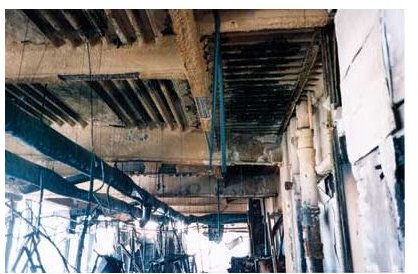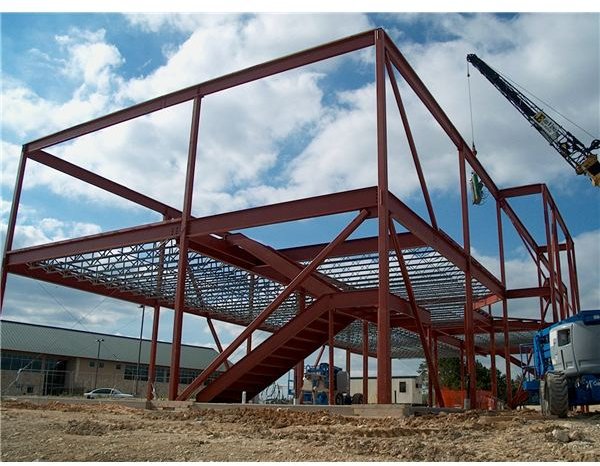What is Structural Steel?
What Is Structural steel
Structural steel is a category of steel construction mate
rial that is produced with a particular cross section or shape, and some specified values of strength and chemical composition. Structural steel composition, strength, size, shape, strength, and storage are controlled in most advanced countries. The word structural steel includes a broad variety of low carbon and manganese steels that are used in great numbers for civil and marine engineering applications. Numerous structural steels also include minor quantities of significant additions of other elements like Nb, V, Ti and Al. These are called High Strength Low Alloy or micro-alloyed steels. Structural steels are manufactured in section and plate shapes and are normally used in bridges, buildings, ships, and pipelines.
Types of Structural Steel
After iron, carbon is the most important element in steel. The increase of car

bon produces materials with high strength and low ductility. The techniques used for the production of steel are high- computerized stress analysis, precision stress analysis, and innovative jointing. The types of structural steel sections normally used are beams, channels, flats, and angles. The main kinds of structural steel are generally categorized according to the under mentioned categories of chemical composition:
-
Carbon-manganese steels: The major chemical ingredients are iron, carbon, and manganese. These are normally called mild structural steels or carbon steels. The strength and ductility are high, and being economical is therefore widely used. The famous category amongst this type is ASTM grade A36.
-
High-strength, low-alloy steels: This is a recent development in the steel industry. Chemical elements are added to improve the strength. A commonly used type is ASTM grade A572.
-
High-strength tempered and quenched alloy steels: These are used for structural purposes and generally available is ASTM grade A514.
Fireproofing Of Structural Steel
Fire-resistance rating is determined by the time taken for th

e steel that is being tested to attain the temperature fixed by the standard. Structural steel needs external insulation that is also called fireproofing, to prevent the deterioration of steel in the occurrence of a fire. On heating, the steel expands and becomes softer, and finally the structural integrity is lost. If sufficient energy is provided, steel may also melt. The transfer rate of heat to steel can be reduced by using fireproofing materials. While concrete structures may be able to resist fire damage without extra fireproofing, concrete may deteriorate, particularly if the moisture content is high. Fireproofing is typically used in tunnels and locations where hydrocarbons fire is likely to break out. Fireproofing is incorporated to meet the fire protection necessities that are essential due to the building codes.
